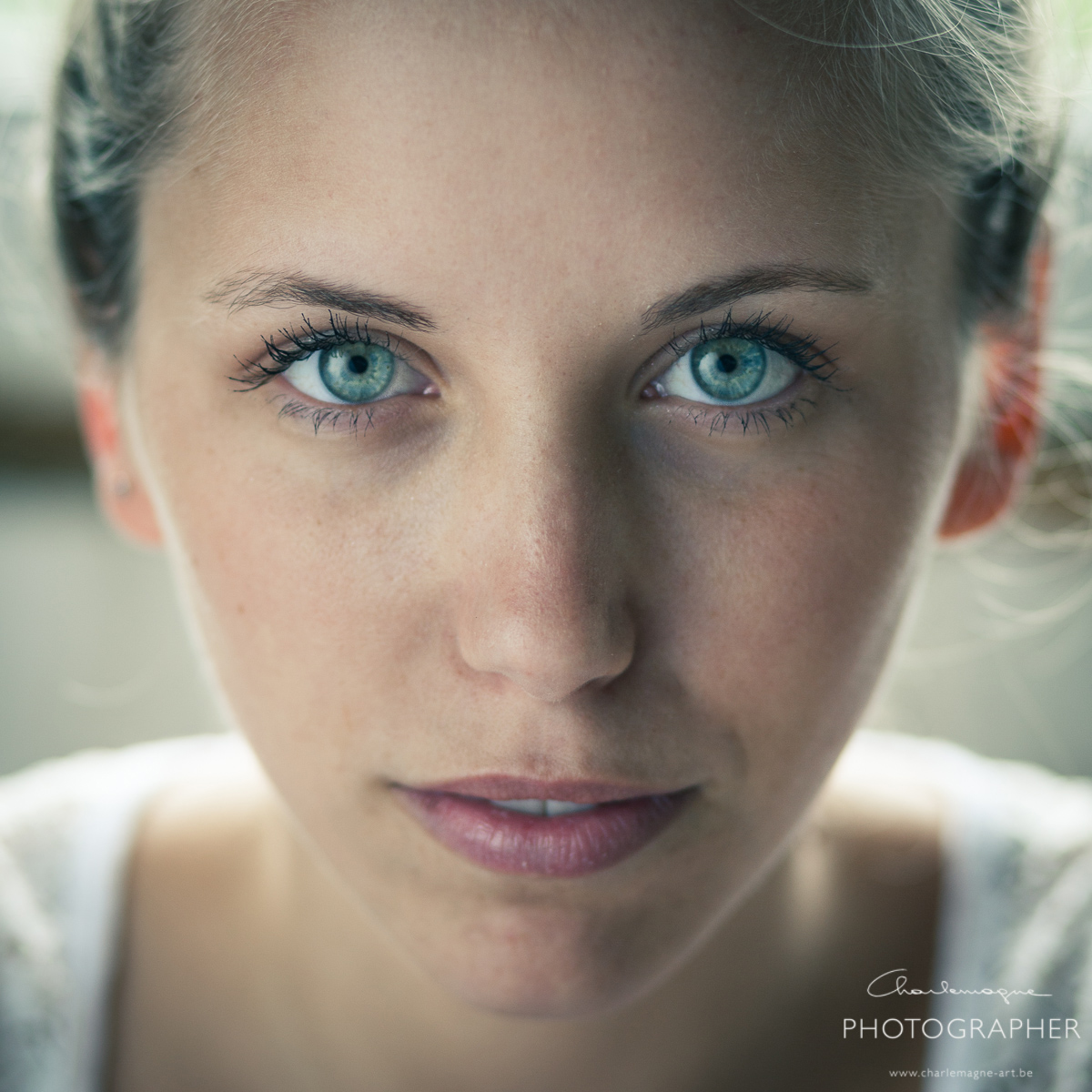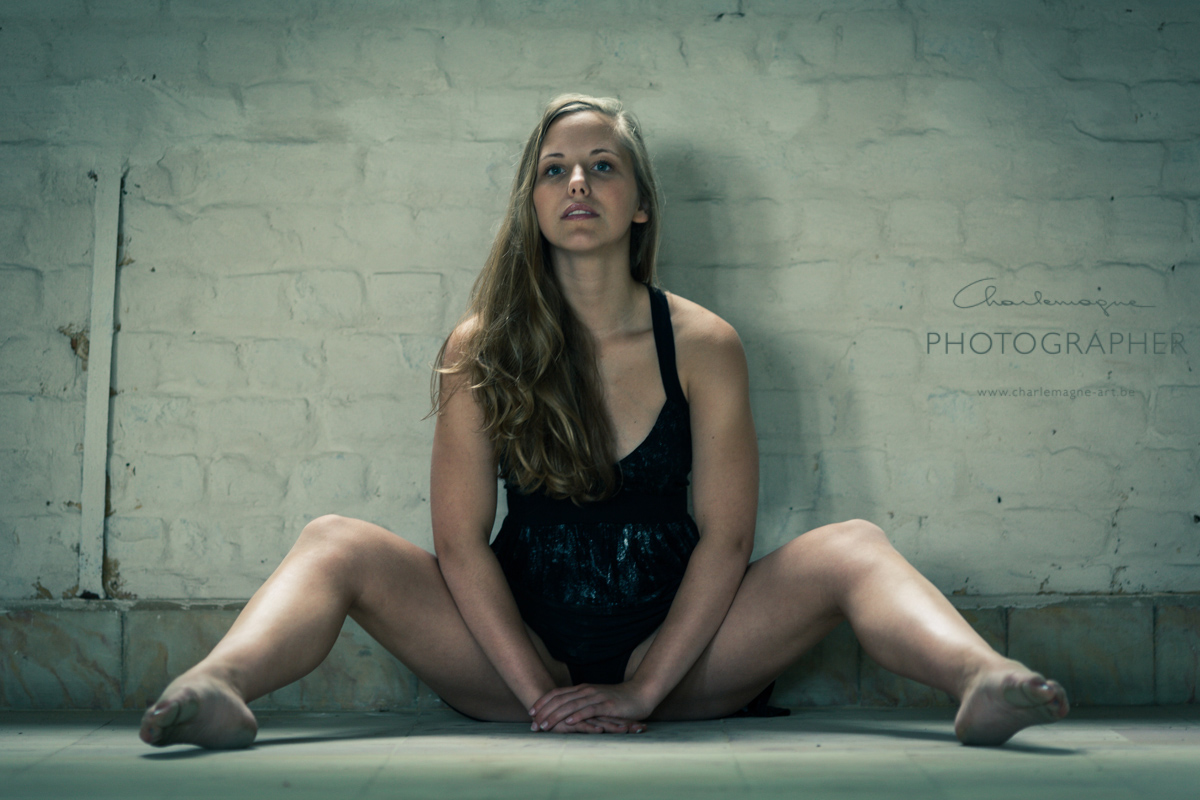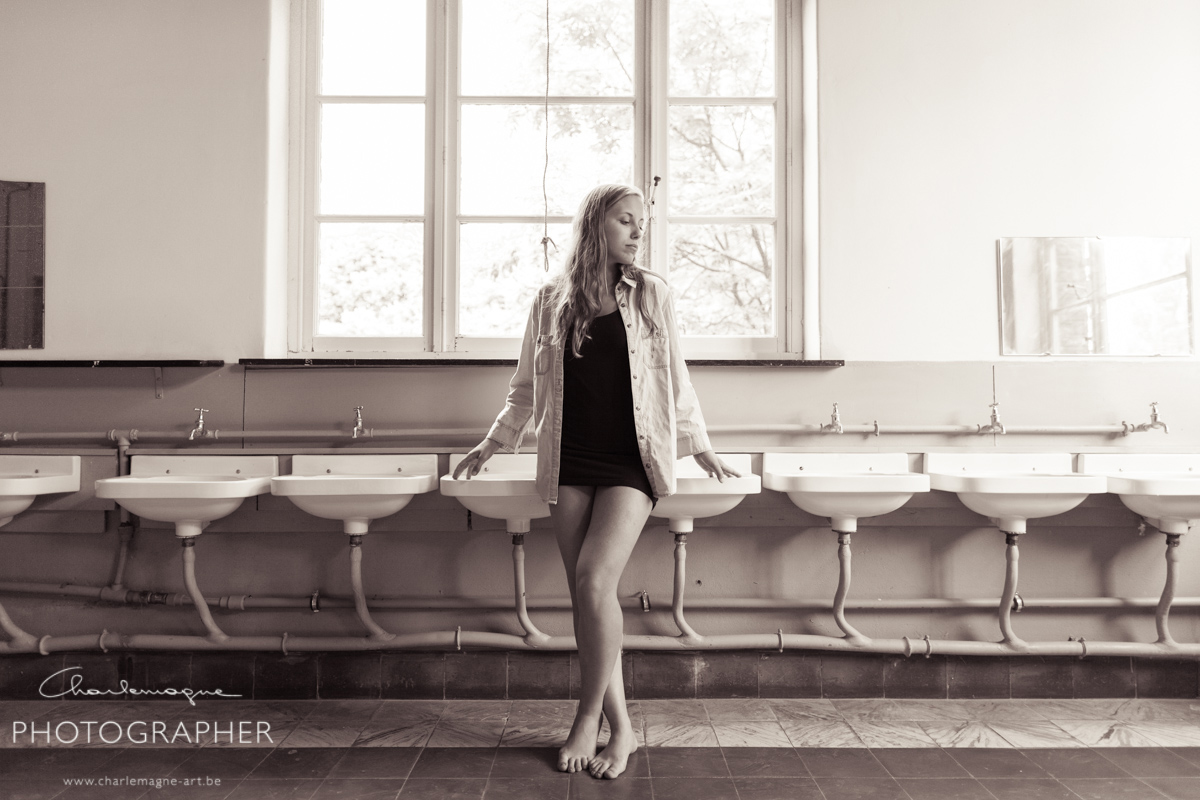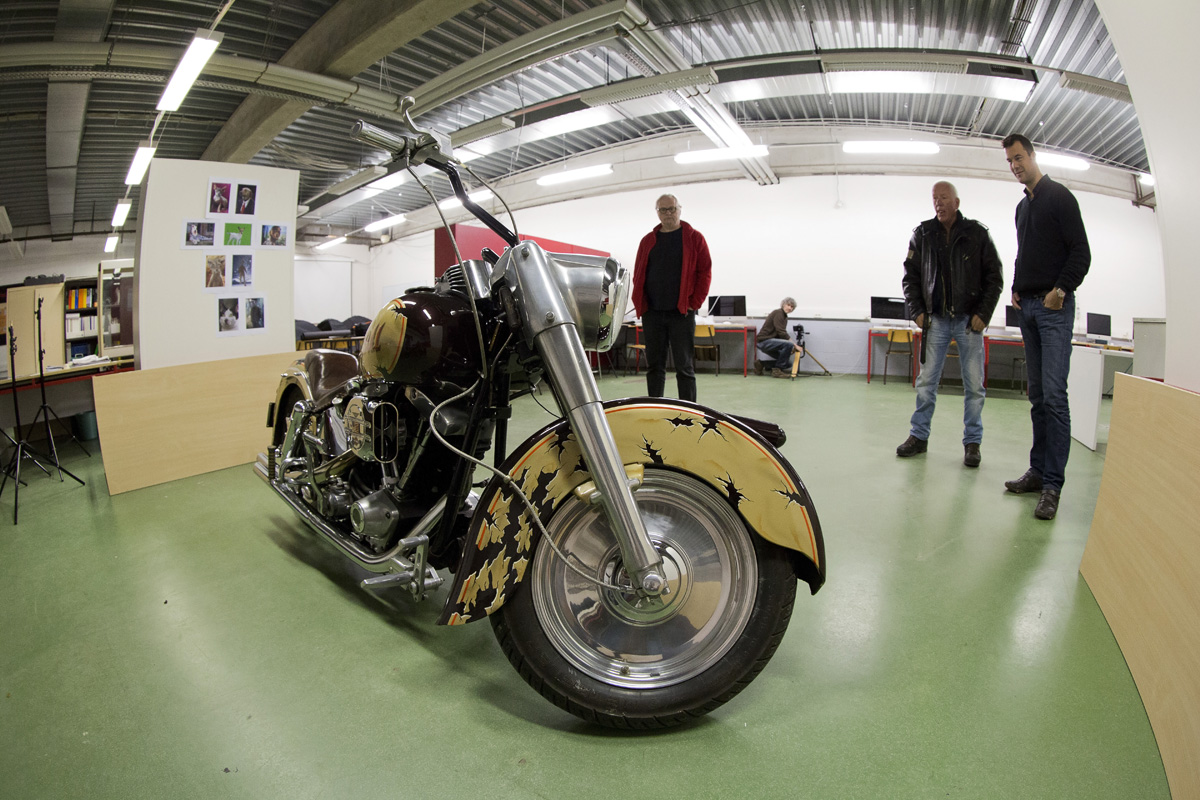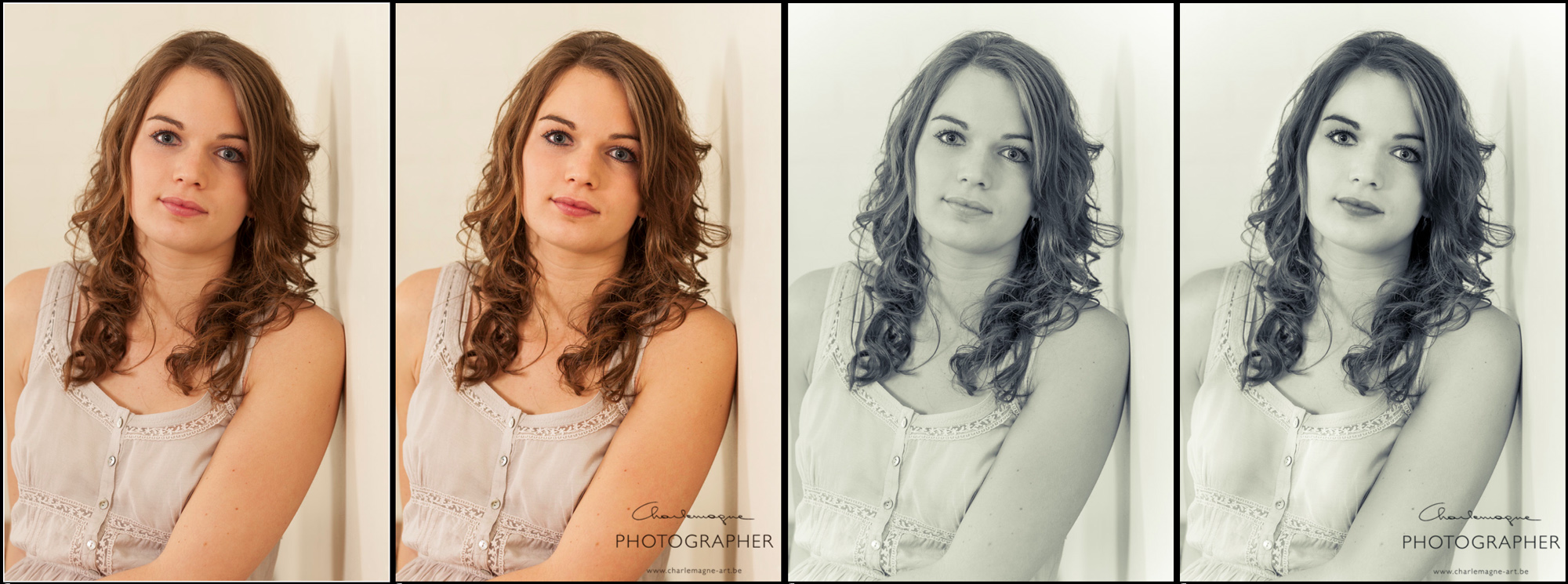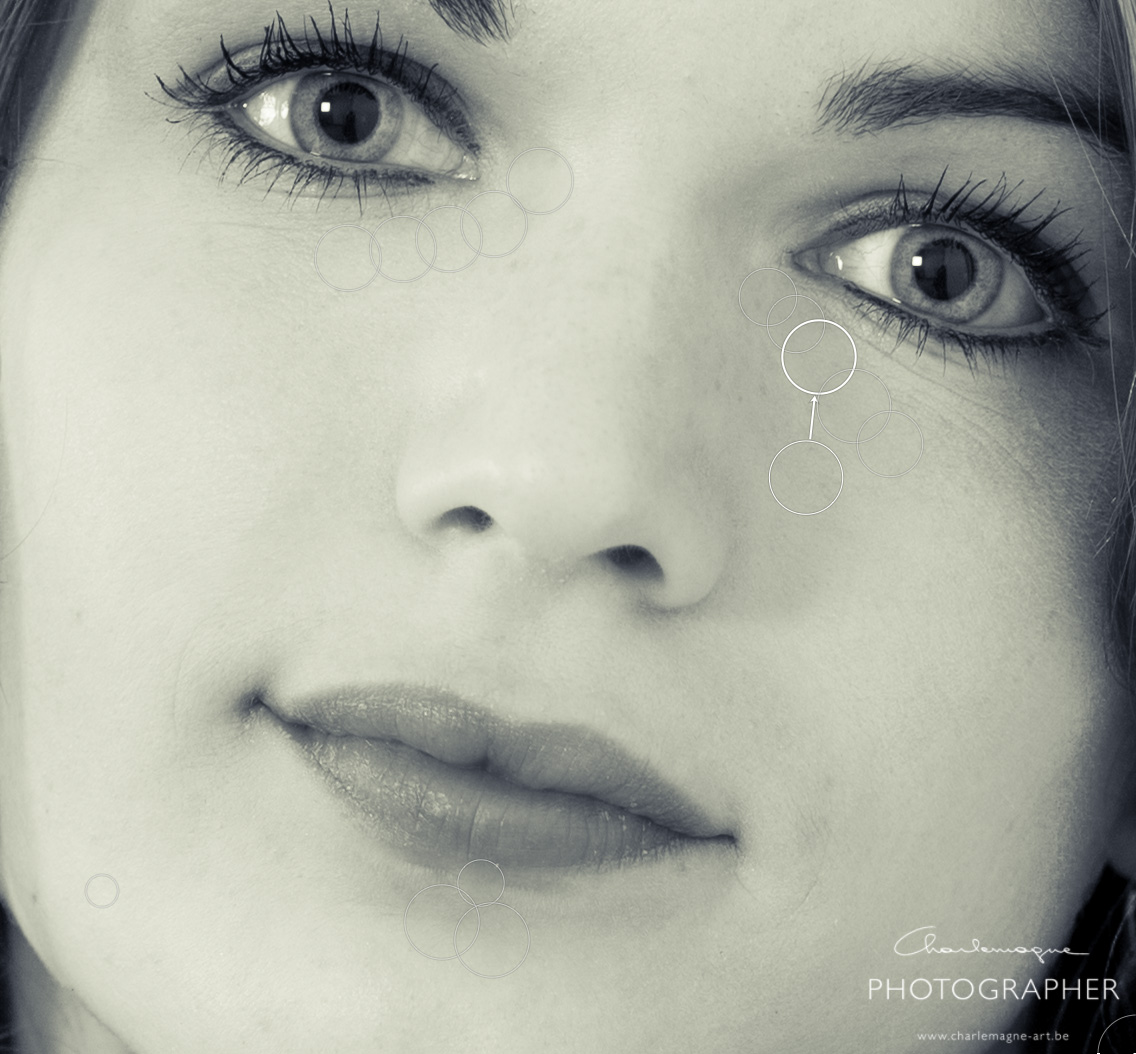Last Friday I had a model expressing her feelings about her artistic nude shoot as such:
‘Every woman should do this at least once in her life. The images from the first shoot (which was a non nude beauty shoot) have given me enough confidence to do this, and this is such an empowering experience on the level of self-esteem and self consciousness that I would encourage everyone to do it.’ She took a lot of business cards. 😀
Body-language is a very important exteriorising of ones self-awareness, self confidence and self esteem. People with hanging and forward pushing shoulders are mostly the less confident ones, they have tendency to bend over to hide and protect themselves from the outer world. They are having a hard time opening up in a photoshoot. I received another testimonial where a woman said ‘I found it a very fine experience, but at the same time I was very much confronted with my vulnerability, my low self esteem and my lack of confidence. You’ll probably see that in the images. I’m very happy I made this step, but I sure have a long way ahead of me.’
On another occasion I have had my model shout out loud in the open forest ‘I am open to the world, to its resources and its wealth, and I’ll give my talents, my beauty and my smile in return’. And I made some images she’ll never forget. I have given her the task to do that exercise on a regular base. When I sent her the first images she thanked me a lot, and told me she would use them for her daily exercise.
I have strong belief that by changing the body-language, even if it was only one time, making some ever lasting images of it, can change a persons vision on who she (or he) is, and more important, who she can be. In that aspect the role of the photographer becomes so much more than the one taking pictures, being able to handle light, exposure, lenses and camera’s. He has to be some kind of a therapist, being able to express comfort and thrust to his model, being able to understand feelings, emotions and personal barriers. He has to be able to pauze and give space when needed, work fast when the process allows. Learning photography is not a hard thing to do, learning peoples psyche is.
for reasons of privacy I choose not to publish any pictures with this post, except the two nameplates that are upon our front door. They match very well indeed.
thank you for reading, comment and share as much as you like.
if you feel like posing could do you good, please give me a sign. If you feel you need some other kind of therapy, contact Nathalie. 😉
Ludwig







































